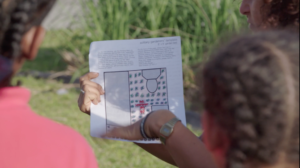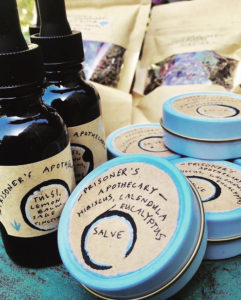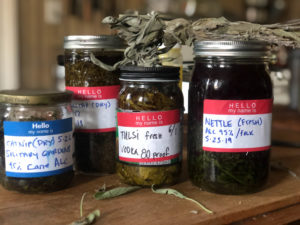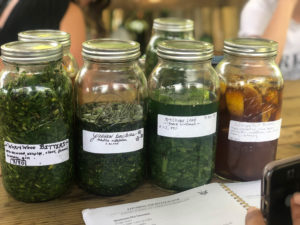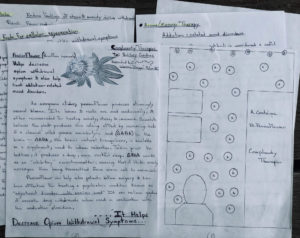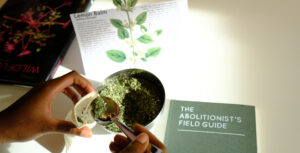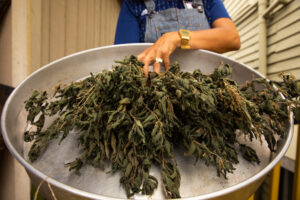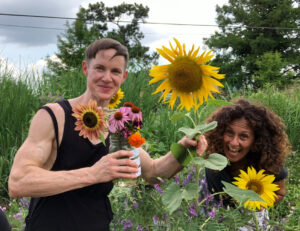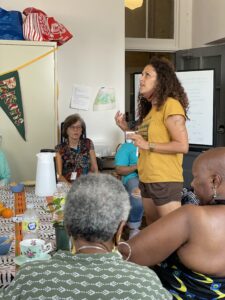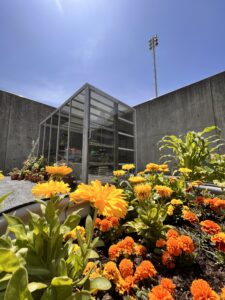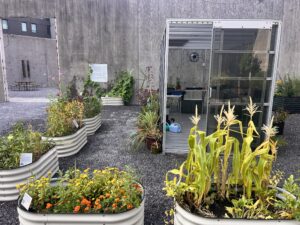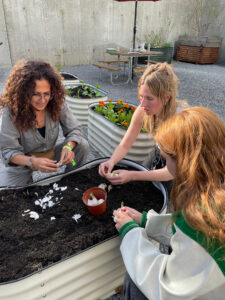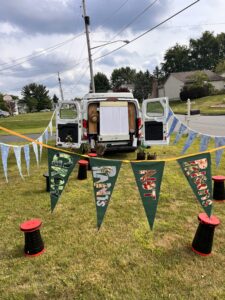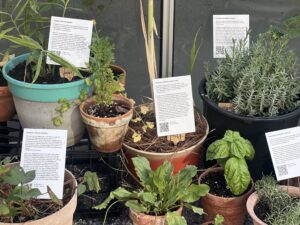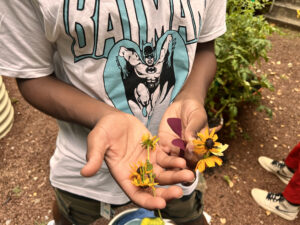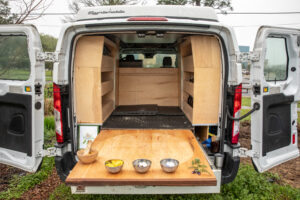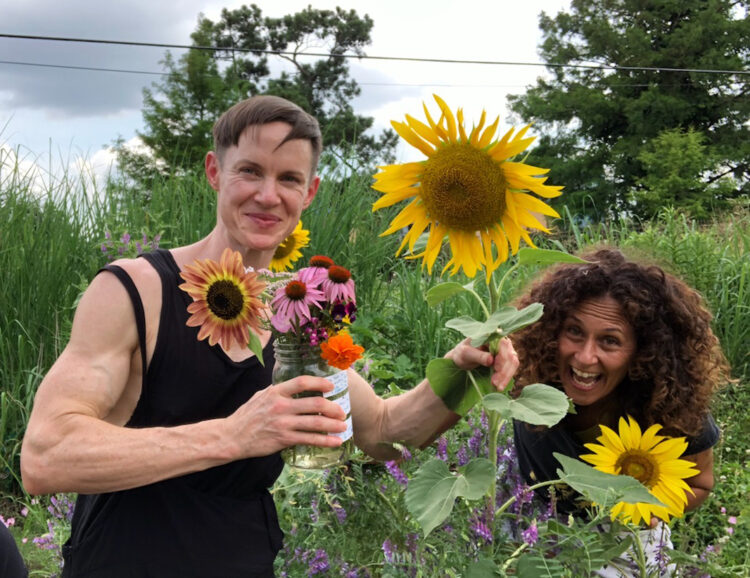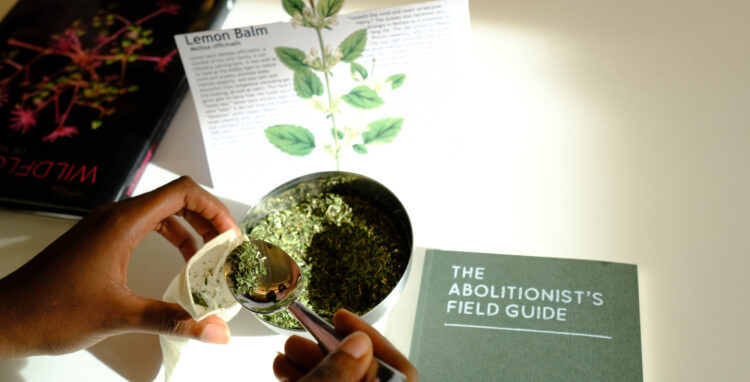




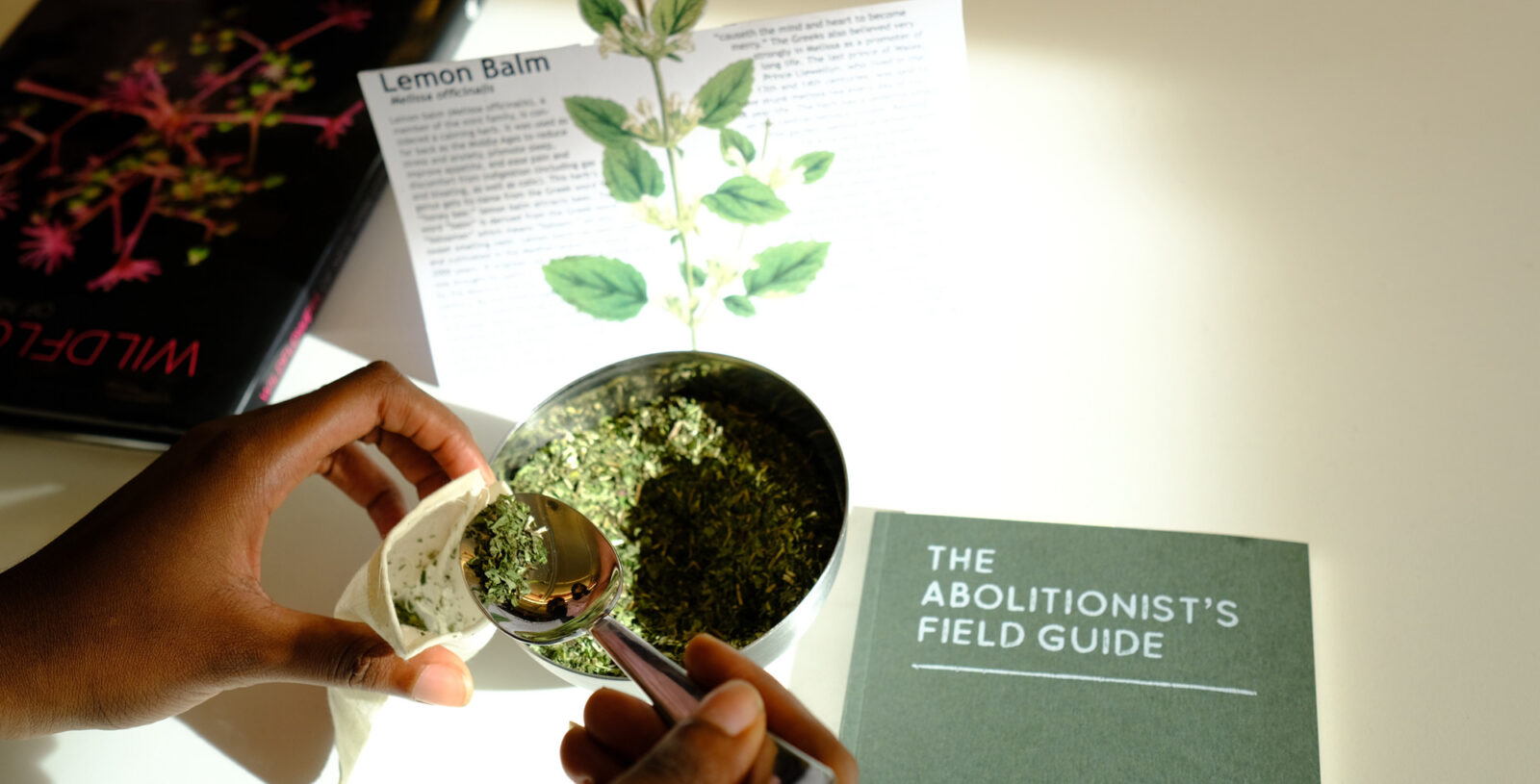



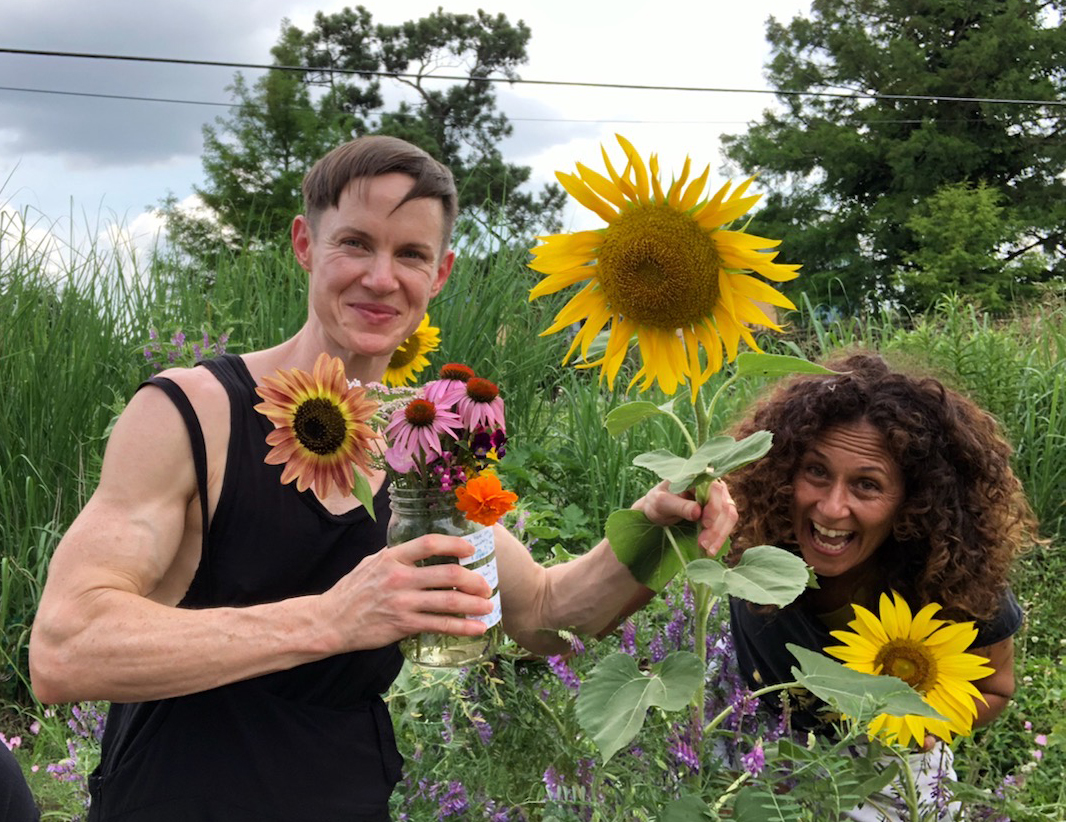








A Blade of Grass presents jackie sumell's work.
Image of salves and tinctures as part of APOTHECARY REWARDS.
Installation view of Headlands, featuring 100 pressed plants.
Mason jars filled with plant medicine from Solitary Gardens.
Tincture bottles for Prisoner’s Apothecary.
Pencil drawings from “Chopper,” one of the solitary gardeners.
The Abolitionist’s Tea Party & Apothecary
jackie sumell is a multidisciplinary artist and abolitionist whose work has been anchored at the intersection of activism, education, mindfulness practices and art for nearly two decades.
Artist BioHistorically, plants are part of the resistance, communicating freedom and liberation. Plants, as healers and storytellers were used to map significant places along the underground railroad. Okra (ngombo), whose seeds were braided into the hair of the enslaved as they struggled to survive the abhorrent middle passage were then planted into colonized soil. The bright yellow ngombo flowers became beacons of hope to other enslaved individuals. It is said that enslaved people could remember their homeland through the flowers that waved to them on foreign soil.
The Abolitionist’s Tea Party asks: How does the natural world endorse abolition as a strategy for liberation? If we accept abolition as a commitment to ending cycles of harm, we can begin to see all the ways the natural world informs the tenets of human abolition. From the gardens we learn profound lessons in patience, interdependence, care and mutual aid. We learn about different relationships and boundaries. Abolition, like growing a plant, requires daily attention and care. Love, hope, compassion, social equity- like a garden-need time, patience, practice and nurturing to fully blossom.
The Abolitionist’s Field Guide Book Launch took place at Artbook @ MoMA PS1, Queens, NY, on Friday, August 5, 2022. The event included a conversation between jackie sumell and fellow Creative Capital Grantee Viva Ruiz.
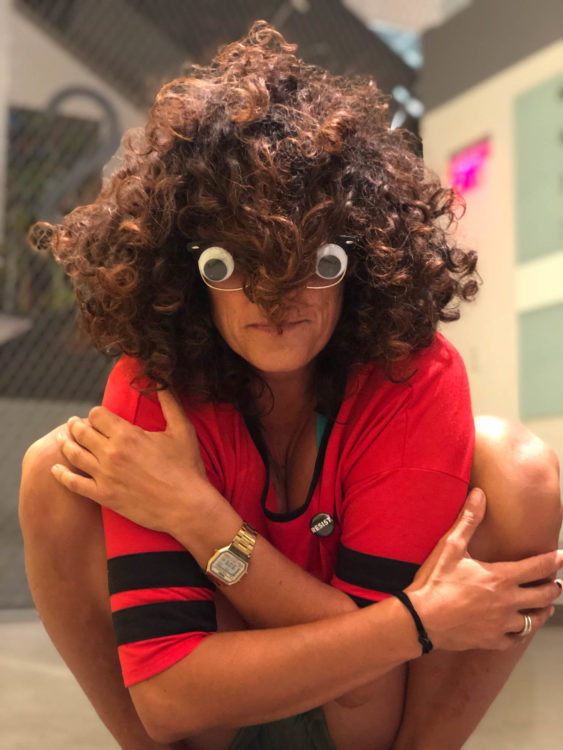
jackie sumell
New Orleans, LA
jackie sumell is a multidisciplinary artist and abolitionist inspired most by the lives of everyday people. Her work has been successfully anchored at the intersection of activism, education, mindfulness practices and art for nearly two decades, and it has been exhibited extensively throughout the world. She has been the recipient of multiple residencies and fellowships including, but not limited to, a Source Fellowship, A Blade of Grass, Robert Rauschenberg Artist-as-Activist Fellowship, a Soros Justice Fellowship, an Eyebeam Fellowship, a Headlands Residency and a Schloss Solitude Residency Fellowship. sumell’s collaboration with Herman Wallace (a prisoner-of-consciousness and member of the Angola 3) was the subject of the Emmy Award-Winning documentary Herman’s House. sumell’s work with Herman has positioned her at the forefront of the national campaign to end solitary confinement and seek humane alternatives to incarceration.
